You are reading this because you heard of the termElectroculture Gardening. In this article, I will talk about what Electro Gardening is and if it has any beneficial effects on plants.
Electroculture is the newest horticulture trend using atmospheric energy for gardening. But does it work?
Table of Contents
What is Electroculture Gardening?
Electroculture gardening uses electricity and magnetism to boost plant growth. It also protects plants from pests and diseases and improves plant growth and soil health.
Electorculture dates back to the 18th century, according to theBulleting of Advanced Science.Dr. Maimbray, Jean Nolet, and Selim Laemstrom identified increased crop germination speed when electric charges were used.
Different methods are used for electro-gardening:
- Solar-powered systems
- Antennas
- Aerial systems
The electric discharge is applied either to the following:
- Soil
- 188金宝慱亚洲体育
- Nutrients
- 水
Is Electroculture Real or a Scam?
Using atmospheric energy to increase plant growth and crop yield. Reduce the need for pesticides and fertilizer. Use less water. All these are claimed benefits of eletroculutre. These benefits sound good, probably too good to be true.
Is electro-culture a scam? Probably, but there might be more to it.
Electro Culture Gardening Results
宣称的结果啊f Electroculture are impressive. Several studies mention positive effects of Electro Culture on plants. A paper published in the Journal of Agricultural Science in 1924 mentions studies done in 1919 and before. Different crops, such as barley, oats, wheat, and clover hey were tested. The studies claim that electro-culture increased the yield for some crops by over 50%. With minimal negative effects.
The main reason for the positive effects was attributed to a stimulus to plant growth due to electricity. The described studies used a daily discharge of 6 hours in two 3-hour intervals. The discharge used was 0.5 to 1.0 milliamp per acre. The insulated wires that were used had 40-80k voltages.
Another study using a self-generated high-voltage electric field, published in January 2022 onNature.com, found an increased pea seed germination speed of 26.3% and 17.9% more pea yield.
The energy in this study was created by nanogenerators using wind and rain. This method is described as an ecological way of increasing the harvest.
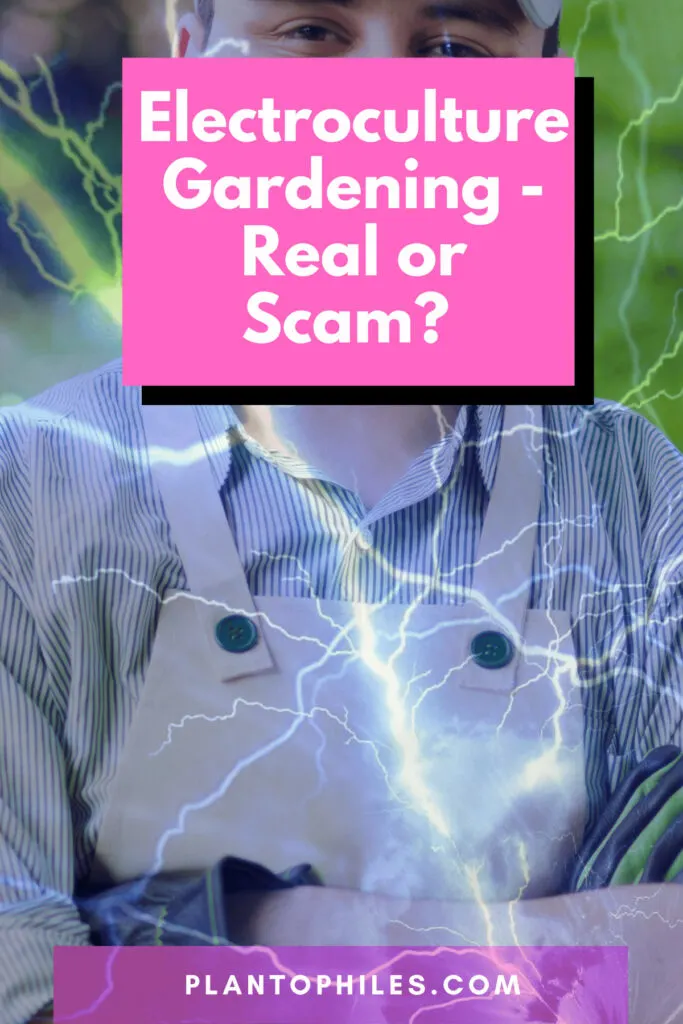
What are the Claimed Benefits and Disadvantages of Electro-Culture Gardening?
| Benefits of Electroculture | Disadvantages of Electroculture |
|---|---|
| Revitalizes dormant or dying plants | Limited scientific research backing the claims |
| Uses natural elements, reducing chemical dependency | Initial setup may require investment |
| Enhances soil conductivity for better plant growth | Requires specialized knowledge and training |
| Can work in harmony with modern technologies | Risk of incorrect implementation |
| Promotes self-sufficiency in agriculture | Skepticism and resistance from mainstream science |
| Increases yield and resilience in crops | Potential for misuse if not properly understood |
| Environmentally friendly | |
| Can be applied in various scales (small to large) | |
| May improve animal well-being | |
| Encourages an open-minded approach to agriculture |
Source:Cultivate Elevate
What is Needed for Electro Gardening?
To get started with electro culture, the following things are needed:
- Generator:The generator is used to apply the electric charge
- Electrodes:Electrodes in copper or galvanized are placed into the soil close to the plants
- Copper Wire:Copper wire is needed to connect the generator to the electrodes
- Voltmeter:A voltmeter should be used to measure the optimal voltage for your plants
- Conductive Materials:By adding basalt rocks, copper, and aluminum, you can increase the connectivity of your soil
If you want to go the more esoteric route and believe in capturing the atmospheric energy in the air,plant stakes and copper coil antennasare all you need.
You can buy everything you need forelectroculture on Amazon. These are not affiliate links.
Electromagnetic Gardening Copper Wire
Copper wire is used in Electro gardening to create an electromagnetic field. Copper is the perfect choice as it conducts electricity well and is cheap.
The copper wire is buried in the soil for electricity to flow through the soil, according toBudget101.
Copper is not only used in the ground. Other methods use copper wire as a spiral antenna or in the form of copper pyramids. In addition to the wire, magnets (magneticulture) are used to conduct electricity, saysElectroculture.life.
The spiral atmospheric antennas are said to grasp an electrical current from the air and direct it toward the soil and plants.
What Plants are Said to be Best for Electro Culture?
Tomatoes, peppers, melons, and cucumbers are the best plants for electro-culture. Generally all plant that grow fast, have a high yield and water content are considered optimal for electro culture if you want to believe the believers.
Tomatoes
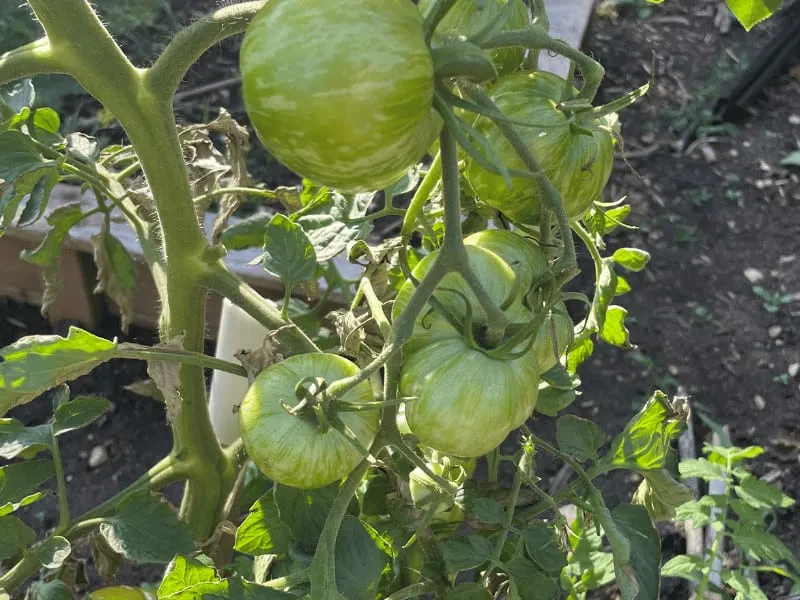
Tomatoes (latin: Solanum lycopersicum L.) are ideal for Bioelectromagnetic Farming as they have increased nutrient needs, and you can achieve a high yield. You should be able to see a sizeableyield difference in tomatoesaccording to electro magnetic culture enthusiasts.
Peppers
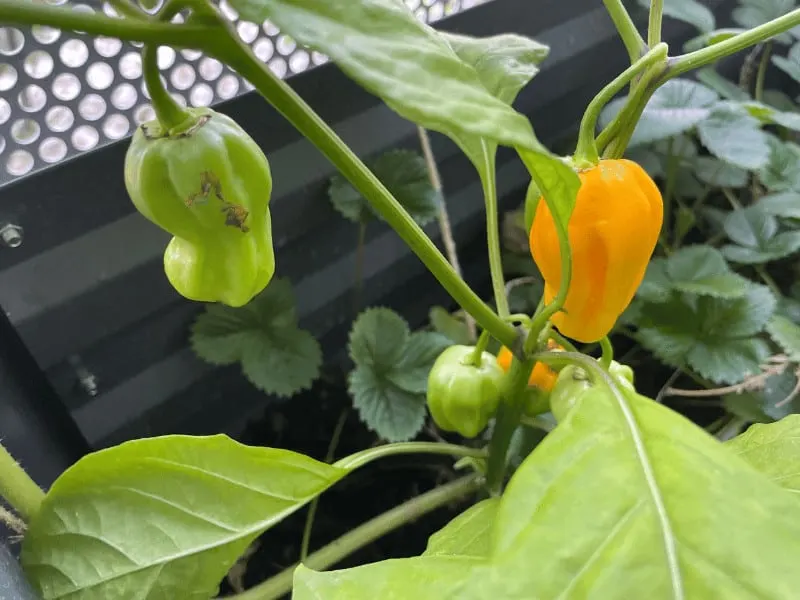
Electro culture can increase the water-holding capabilities of vegetables according to pro electro culture folks.188beat365 are nutrient-hungry and have a high water content.
Melons
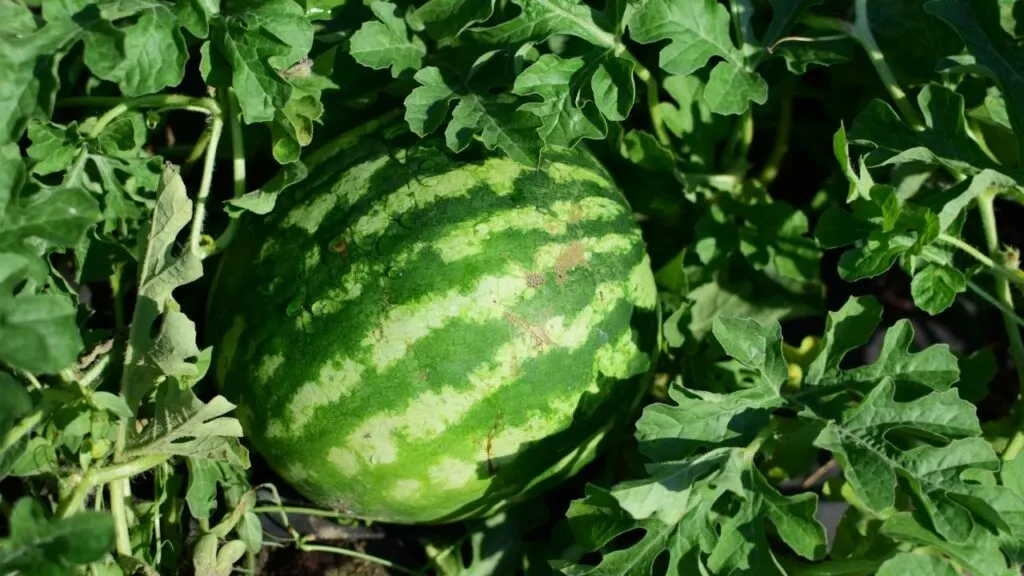
High nutrient and water availability are crucial for a high melon (latin: Cucumis melo) yield. This is why in theory melons are great for Electrically-Enhanced Agriculture.
Cucumbers
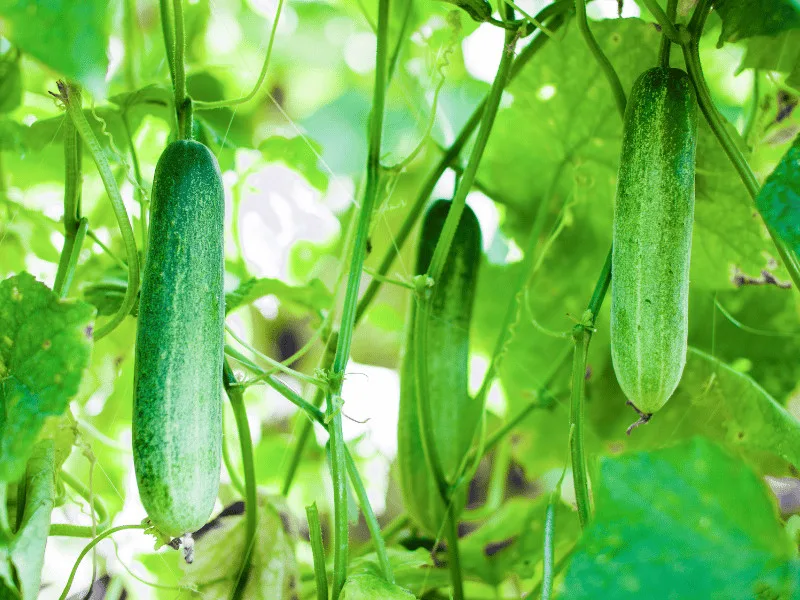
Cucumbers (latin: Cucumis sativus L) need optimal soil conditions and have a high yield. Electrodynamic Farming benefits soil quality. A high yield is ideal for demonstrating higher yield differences between a test and control group.Cucumbersare therefore a good electro gardener choice.
电子文化对于初学者来说,如何开始188金宝慱亚洲F1
A good starting point for Vibrational Horticulture is studying the published papers and studies about the topic. After this step, join existing online and offline communities talking and practicing Magnetoelectric Agriculture.
After the research phase, it is time to get the necessary materials for your Energy Farming venture. Continuous documentation and testing ensure you can track and improve your success rate and yield.
Handy tools for testing are a soil pH meter, a humidity meter, and an EMF (Electromagnetic Field) meter. As with everything, test it for yourself and see if it works for you.
What do the Electroculture Critics say?
Critics either criticize specific techniques under electroculture or the topic as such. Some methods claim to capture atmospheric energy by just sticking copper wires into the soil. Another technique is using bird sounds to enhance plant growth and yield.
The claim that bird sounds can enhance plant well-being sounds esoteric. Believers in bird sounds claim that the sounds inhibit plant growth. The reason is that bird sounds are said to have the ideal frequency. According toStephsimply, it can be observed that the plant stomata open up wider, leading to better oxygen, nutrients, and water intake.
According toYahoo News, Kevin Espiritu, a known Plant Influencer on Social Media, is highly skeptical of Electorculture. His main criticism is the doubt that sticking a piece of wood with some copper around it into the soil would do anything for your plants. He also says commercial farmers would be all over this technique if it worked.
What is Laserculture?
Laserculture is using laser radiation to increae plant growth. Studies were done on dry and dormant seedlings using HE NE lasers. It is well known that plants need light at different wavelengths to grow and conduct photsynthesis. The reactions of plants at the germination and growth stage are however not well reasearchet yet according to paper published in theNational Library of Medicinein 2020.
Light energy is transformed and stored into chemical energy. The effects of light on plants and plant cells are complex. Recent studies report an effect of laserculture mainly in the germination and seedling stage. The biomass as well as chlorophyll did not change for plants treated with laser light compare to the control groups. More studies have to be conducted to test the effects of irridation further.
Is Magnetoelectric Culture the Future of Gardening?
Propably not. Increasing the yield in farming by only a couple of percentage points would profoundly affect global food production in a positive way and change agriculture as we know it.
On one hand electroculture has existed since the 1800s, but few studies have been done after the 1820s. The big question is why that is and why electro-culture is not more widely used if it were working?
On the other hand new studies are starting to emerge. They do not use hardly measurable things such as atmospheric energy but voltmeters as well nanogenerators capturing wind and energy from rainfall.
There could be elements within electroculture that positively affect plant growth that we do not know of yet. To believe that electro culture has the profound positive effects on plant growth, crop yield and many other things some electroculture gurus want us to believe is difficult.

Daniel has been a plant enthusiast for over 20 years. He owns hundreds of houseplants and prepares for the chili growing seasons yearly with great anticipation. His favorite plants are plant species in the Araceae family, such as Monstera, Philodendron, and Anthurium. He also loves gardening and is growing hot peppers, tomatoes, and many more vegetables.


